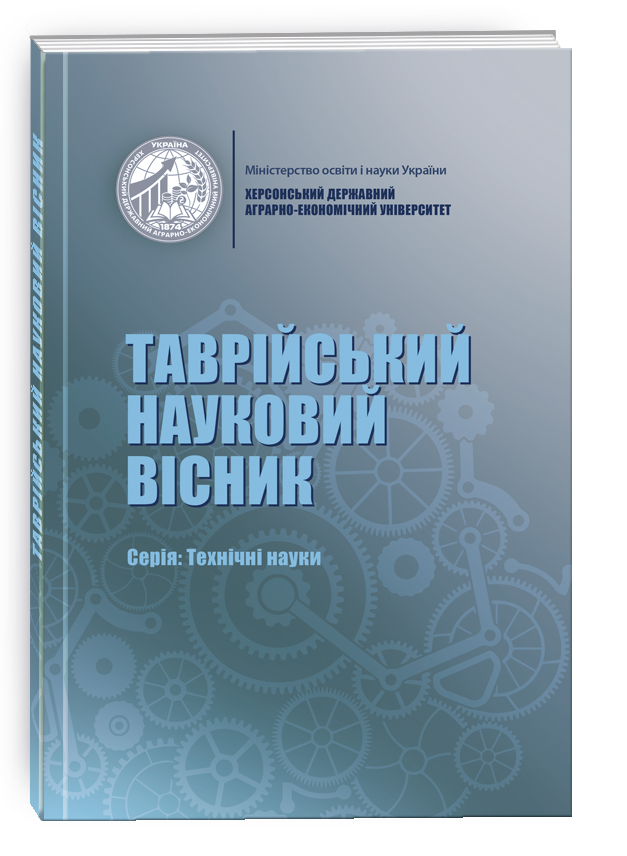OPTIMIZATION OF MEAT BREAD PRODUCTION TECHNOLOGY
DOI:
https://doi.org/10.32782/tnv-tech.2023.5.13Keywords:
meat loaves, functional products, improved formulation, biological value.Abstract
Products that we are used to eating can bring much more benefit to the human body than you can imagine. Functional nutrition is gaining popularity all over the world, the principles of which are based on adding special functional products to the regular diet. The functional orientation of food products is determined by the following conditions: production from natural ingredients; constant use as part of the daily diet; the presence of a specific action by regulating individual processes in the body (for example, strengthening biological defense mechanisms, prevention of specific diseases, slowing down the aging process For the production of meat loaves with improved biological value, the main raw materials are veal meat (in general without bones and offal), chicken meat (in general without bones and offal), rice and liquid egg melange, and additional: milk, corn starch, mineral premix, spices and carrot powder as an enricher. With the given ratio of ingredients, we get a functional food product with a balanced content of nutrients (B:W:B – 1:1 – 0.8:0.82 – 3:3.19). For the production of meat loaves with an improved recipe, veal meat and chicken are used as a whole without bones and offal. Meat raw materials must be of good quality, obtained from the slaughter of healthy animals and approved by veterinary and sanitary supervision for use, which is accepted at the enterprise in the form of separated half-carcasses of cows and chickens. In the production of meat loaves with an improved recipe, additional raw materials are: milk, corn starch, mineral premix, spices, and carrot powder as an enricher. In this created product, during production, pasteurized milk of extra class is used, which is used during cooking of rice. When consuming 200 grams of the finished product, the level of ensuring the daily requirement is: in proteins – 35.97%, in fats – 29.15%, in carbohydrates – 28.63. And the percentage of providing the daily need in kcal is 14.17%. Also, this product has an optimal ratio of nutrients, which is: proteins – 1:1, fats – 0.8:0.82, and carbohydrates – 3:3.19.
References
Божко Н.В., Тищенко В.І., Пасічний В.М. Оптимізація рецептури м’ясних хлібів з використанням гідробіонтів. Науковий вісник Львівського Національного університету ветеринарної медицини та біотехнологій імені С.З. Ґжицького. 2017. Т. 19, № 80. С. 38–42.
Григоров Ю.Г. Сучасний стан проблеми геродієтики в Україні. Вісник АМН України. 2005. № 3. С. 77–89.
Клименко М.М., Віннікова Л.Г.. Технологія м’яса та м’ясних продуктів: підручник. К.: Вища освіта, 2006. 630 с.
Корзун В.Н. Харчові раціони геродієтичного призначення з використанням дієтичних добавок рослинного походження. Харків: навч. посіб, 2013. 252 с.
Лялик А., Криськова Л., Кравчук Л. Концепція функціональних харчових продуктів. Тези доповідей Ⅳ Міжнародної науково-технічної конференції «Стан і перспективи харчової науки та промисловості». 2017. С. 114–115.
Молоканова Л.В., Оносова І. А. Використання бобових культур для розробки рецептури м’ясних січених напівфабрикатів. Зб. наук. Праць «Науковий вісник ПУЕТ». Серія технічні науки, Полтава: ВЦ ПУЕТ, 2011. № 1 (46). С. 133–138.
Тищенко В. І. Божко, Н.В., Пасічний В.М. Розробка рецептури полікомпонентних м’ясних хлібів на основі фаршу прісноводної риби. Наукові праці Національного університету харчових технологій. 2017. Т. 23, № 2. С. 172–178.
Топчій О.А. Кишенько І.І., Котляр Є.О. Використання рослинних олій у рецептурах м’ясних паштетів. Науковий вісник Львівського Національного університету ветеринарної медицини та біотехнологій імені С.З. Ґжицького. 2013. № 1(55). Т. 15. С. 169–173.







